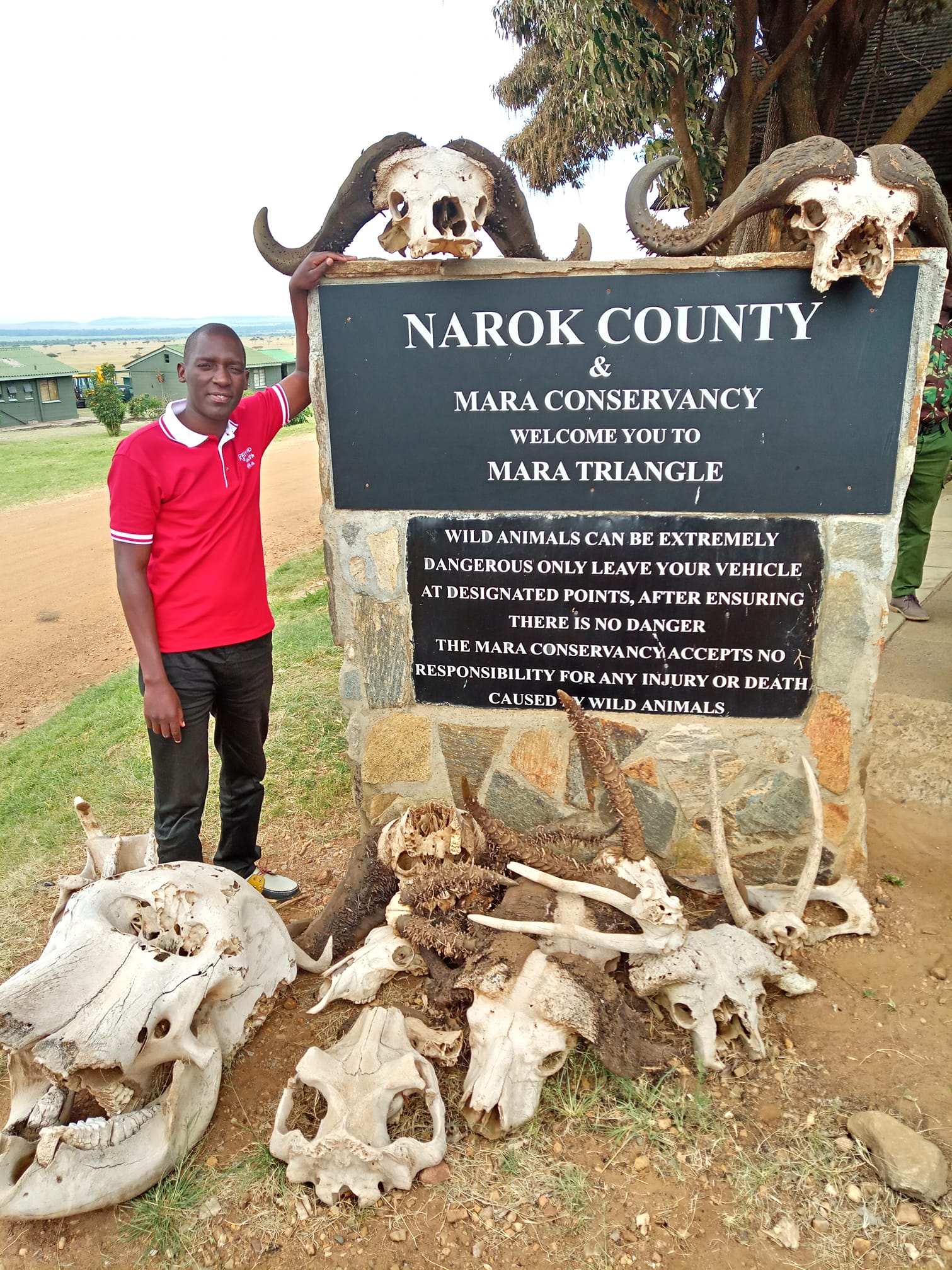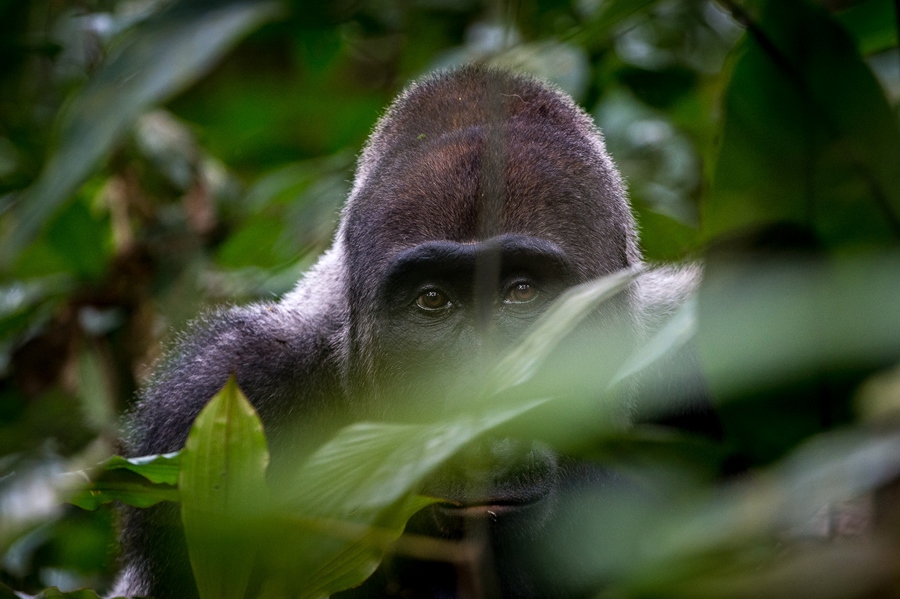
Gorilla Trekking 101: All You Need to Know
Glossy black against the rainforest’s luminous green, this is what you’ve come to Africa to see: a family of gorillas headed by a watchful but benevolent silverback male. The efforts of your gorilla trek evaporate in an instant and, for the one enchanting hour you spend with them, an odd sense of familiarity settles on you. Young gorillas rough and tumble like wrestlers, maternal females gather in grooming groups, occasionally reprimanding the little ones, while the patriarchal silverback keeps a protective eye on the surroundings.
Gorilla trekking offers one of Africa’s most profound wildlife encounters – their populations, even in protected reserves, are counted in hundreds rather than thousands. So rare are gorillas, that trackers are able to give them individual names and identify their faces and personalities easily.

Africa’s great apes survive in what remains of their natural habitat, in the last protected stretches of the continent’s central rainforests and gorilla parks. Thanks to the income earned from gorilla trekking tourism, populations are slowly on the increase and scouts, who once may have been poachers of gorillas and other primates, are now their protectors and earn their livelihoods safeguarding what they once killed. It’s a conservation success story and continued gorilla trekking tourism is vital to the species’ continued existence.
Spending time with gorillas in the wild is by far the most transformative and up-close wildlife experience in Africa. A face-to-face encounter with these great apes in the gorilla parks of Uganda, Rwanda and Congo will gift you with soul-stirring memories that will never fade. If you’re thinking about a gorilla trekking adventure and would like to know what to expect, here is our handy guide on all you need to know:
Why Go?
Why Go Gorilla Trekking?

Africa’s mountain gorillas can survive only in the wild – you cannot see these creatures in a zoo – which makes trekking to see them in their natural habitat a once-in-a-lifetime journey. The two best places to see mountain gorillas are Uganda’s Bwindi Impenetrable Forest National Park and Rwanda’s Volcanoes National Park. Critically endangered because of deforestation and hunting, their population has dwindled to an estimated 900 individuals, clinging on to survival in these two remote sanctuaries.
Bush meat hunting and timber harvesting in Congo have negatively affected the probability of the western lowland gorilla’s survival. Lowland gorillas – the smaller and less shaggy cousins of mountain gorillas – live in lowland swampland, primary and secondary forests, and are critically endangered. Through primate research and gorilla trekking tourism, those living around Congo’s Odzala-Kokoua National Park have started to place a higher value on conservation. Thanks to job creation and investment in the area, communities are working with research and tourism projects towards a stronger future for the Congo Basin and all its inhabitants. Odzala-Kokoua National Park is a sanctuary for about 100 mammal species and one of Africa’s most diverse primate populations.
Sitting a few metres away from a family of gorillas, seeing your humanity reflected in their social rituals and warm brown eyes, makes for one of the most cathartic and intimate wildlife encounters you can have in Africa, if not the world.
What to Expect
About Gorilla Trekking

Trekking for gorillas in mountainous rainforest often means hours of hiking on steep, narrow footpaths and walking through dense jungle behind a scout who slashes a path through the foliage with a machete. You need to be at least walking fit – the guides ensure you take plenty of breaks – and properly equipped for a tough environment. We recommend broken-in hiking boots that protect your ankles, double-layered socks (cotton inners and thick outers) plus knee-high gaiters. Please be aware that gorillas are highly susceptible to human illnesses; you will not be allowed to go on a gorilla trek if you have a cold or any other contagious illness.

Items I found indispensable for gorilla trekking in Uganda were gaiters, a buff and snacks for the road transfers. – Bonita Cronje, Africa Safari Expert
When to Go Gorilla Trekking

Uganda and Rwanda share a common climate and although gorilla trekking is considered a year-round activity, the best time to visit the rainforests is during one of the two dry seasons. The first runs from about the middle of December to the end of February and the second from early June to late September. These periods are the most comfortable for trekking, but conditions are still very humid and wet with plenty of mud (so don’t forget your gaiters!).
Rain is an essential part of the precious ecosystem in the Congo Basin’s equatorial rainforest and its seasons can be aptly described as wet, wetter and wettest. Gorilla trekking in Congo is easier during the ‘low rainfall’ season, which runs from June to September, and the ‘gentle rainfall’ season from December to February. July to August is considered the least wet and coolest time of the year.

I went to Uganda in November, during the rainy season. Rain usually fell in the early morning and late afternoon. It would be a bit of a downpour and then usually stop. Remember, you’re trekking in dense forest, so if it has been raining, it takes a lot longer for everything to dry out. Bwindi is hilly so you should expect to walk up some steep inclines. The region also seemed to have more leaf coverage on the ground, so there was not as much mud but still quite slippery. – Bonita Cronje, Africa Safari Expert
